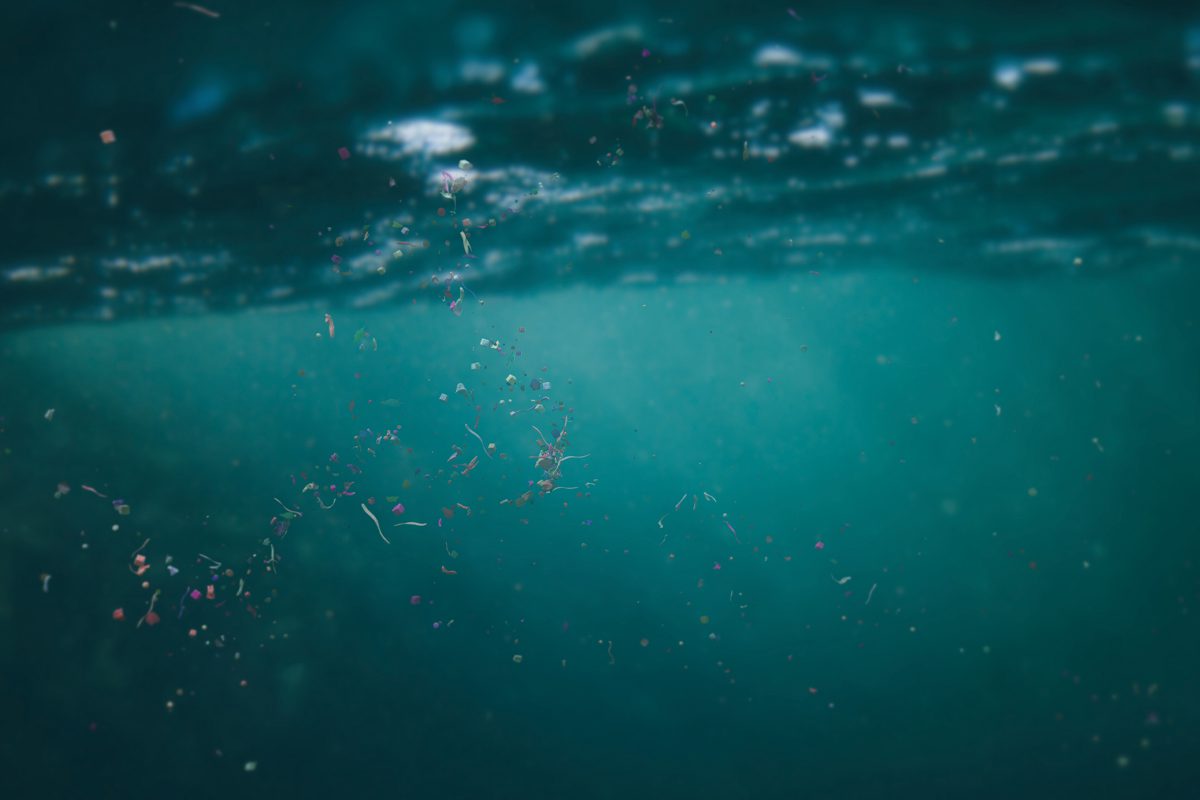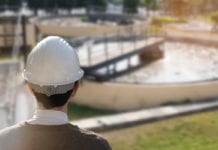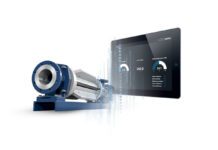A research project investigating the problem of microplastics in inland waters has been using a tube pump from Watson-Marlow Fluid Technology Group (WMFTG), in a system where samples are taken automatically at programmed intervals
While shocking images have highlighted the problem of plastic waste in oceans, the issue of microplastics in inland waters has gone relatively unnoticed. However, signiificant quantities of plastic particles that are 5mm or less in size are now commonplace in lakes and rivers.
Private households are among the main culprits, mainly due to particles detaching from textiles during washing cycles. Particles from cosmetics are also problematic.
The PLASTRAT research project, co-ordinated by Bundeswehr University Munich and supported by the German Federal Ministry of Education and Research (BMBF), aims to assess the size and scale of the problem.
The challenges of sampling
“One of the initial primary tasks of PLASTRAT was to develop a uniform, comparable method for taking samples at wastewater treatment plants”, explained Christian Schaum, Professor of Sanitary Engineering and Waste Management at Bundeswehr University Munich. Samples must be taken at timed intervals to compensate for fluctuations throughout the day and to ensure proper comparisons. The procedure must also exclude the potential for samples to become contaminated by other plastic particles.
Working at the Fellach wastewater treatment plant in Holzkirchen, near Munich, researchers developed a sampling procedure that takes these criteria into consideration. Over 24 hours, a pump feeds the water from which samples are to be taken into a holding tank. The water in this 1,000 litre tank is then stirred to promote homogenisation and to create a mixed sample.
“The sample is subsequently passed through a multi-level cascade of filters with pore sizes of 50 and 500 μm to concentrate the microplastic particles,” explained Natalie Wick, a member of the project team. “The filtration residues are analysed to see how much microplastic remains.”
Selecting a pump
Various considerations guided the selection of the optimum pump for sampling.
“Samples had to be taken at the sand trap outlet, as well as the outlet from the secondary treatment area, at different wastewater treatment plants,” said Wick. “Therefore, the pump had to be light and versatile, but also robust and reliable.”
High levels of precision are one priority. The sample water sometimes has to be pumped into tanks that are several metres higher than the water level. The pump also needs to support programmable interval dispensing functions and to be able to draw in water autonomously. However, the most important requirement arises from the very nature of the research subject.
“As we wanted to investigate the presence of plastic particles in the water, it was important that the samples were not contaminated with other plastic,” said Wick.
To exclude this possibility, the only plastics that can be used in this application are silicone or Teflon. These materials are not found in any significant quantities in wastewater samples and can therefore be excluded from the analysis process.
It quickly became clear that only a tube pump could satisfy this long list of requirements. With its closed peristaltic pumping system, only the tube comes into contact with the medium, in this case the water sample. Unlike other pump types, such as those based on centrifugal or diaphragm technologies, a tube pump has no impellers, seals or valves in the area through which the medium is fed. This design not only prevents contamination, but it’s unobstructed flow path also means that blockages are extremely unlikely.
Tube pumps are the best solution for continuous autonomous sampling at intervals over 24 hours because they are self-priming and effectively prevent the kind of damage that would be caused by running dry. And their powerful suction handles any difference in height between the point at which the sample is taken and the holding tank.
Precision and programmability
“We’ve already had positive experiences with Watson-Marlow tube pumps in our laboratories,” said Professor Schaum. For this latest application the group selected a Watson-Marlow 300 series cased tube pump. It is used to feed 1,000 litres of water into the sample tank over 24 hours. The pump extracts 5 litres of water in each of the 200 sampling cycles, with automatic transportation taking approximately 2.5 minutes. The pump can be easily programmed to perform a set number of dispensing processes with a specific quantity at set time intervals.
Thanks to the flip-top pumphead, the tube, or even the entire pumphead, can be swapped out in a matter of minutes. In this project, a high quality silicone tube is deployed to prevent samples from being contaminated by plastic particles.









